Maintaining a healthy and moisture-free crawl space is essential for your home's structural integrity and its occupants' well-being. Excess moisture in crawl spaces can lead to mold growth, wood rot, and an overall damp environment that can affect indoor air quality. This comprehensive guide will walk you through dehumidifying a crawl space effectively, ensuring a dry and safe space beneath your home.
Does an Encapsulated Crawl Space Need a Dehumidifier?
Encapsulation involves sealing the crawl space with a vapor barrier to prevent moisture from the ground from entering. Crawl space encapsulation significantly reduces moisture ingress, but it does not eliminate it. A dehumidifier helps to remove any residual moisture in a sealed crawl space, maintaining optimal humidity levels and preventing mold growth.
How Does a Crawl Space Dehumidifier Work?
A crawl space dehumidifier draws in humid air, cools it to condense the moisture, and then expels the dry air back into the space. The collected moisture is drained away, reducing overall humidity levels. These units are designed to operate in the low temperatures and confined spaces typical of crawlspaces, making them more efficient than regular dehumidifiers.
How to Dehumidify a Crawl Space?
Dehumidifying a crawl space involves a combination of preventive measures and active moisture control. Follow these steps to dehumidify your crawl space effectively:
Inspect and Seal Any Leaks: Inspect your crawl space for any visible leaks or cracks where water might be entering. Seal these openings with a waterproof sealant to prevent further moisture ingress.
Install a Vapor Barrier: Lay a heavy-duty plastic vapor barrier on the ground and attach it to the crawl space walls. This barrier will help to block moisture from the earth, ensuring it doesn’t seep into the crawl space.

Ensure Proper Ventilation: Proper ventilation is crucial to maintaining a dry crawl area. Ensure that any existing vents are functioning correctly. After completing the basic ventilation and drying, seal crawl space vents to prevent additional moisture from entering.
Use a Crawl Space Dehumidifier: Invest in a high-quality crawl space dehumidifier specifically designed for confined spaces. Set it up according to the manufacturer’s instructions, ensuring it can effectively circulate and dehumidify the air in your crawl space.
Monitor Humidity Levels: Use a hygrometer to monitor crawl space humidity levels in the crawl space regularly. Ideally, you want to keep the humidity level below 60%. Adjust the settings on your dehumidifier as needed to maintain optimal conditions.
Inspect Regularly: Regular inspections are essential to catch any changes in moisture levels early. Check for signs of crawl space moisture, mold, and mildew periodically to ensure that your dehumidification measures are effective.
By following these steps, you can maintain a dry and healthy crawl space, protecting your home’s structural integrity and the well-being of its occupants.
How to Install a Dehumidifier in a Crawl Space
The next step is to properly install a dehumidifier to ensure your crawl space remains dry and free from excess moisture. This section will guide you through the essential steps and considerations for installing a dehumidifier in your crawl space, allowing you to maintain a healthy and moisture-controlled environment most efficiently.
Step 1: Choose the Right Dehumidifier
Selecting an appropriate dehumidifier for your crawl space is crucial. Consider factors such as the size of your crawl space, the dehumidifier's capacity (usually measured in pints per day), and specific features like a built-in pump for continuous drainage. Selecting a unit specifically designed for basement is essential, as these models are built to operate efficiently in lower temperatures and tight spaces.
Step 2: Determine the Best Location
Proper placement of the dehumidifier is key to its effectiveness. Choose a centrally located spot in the crawl space to ensure even distribution of dry air throughout the area. Ensure sufficient space around the unit for airflow and easy maintenance access. Avoid placing the dehumidifier directly on the ground; elevate it on a stable platform to protect it from potential water damage and make drainage easier.
Step 3: Set Up Drainage
To maintain a consistent humidity level, it’s important to set up a reliable drainage system for your dehumidifier. Connect a drainage hose to the dehumidifier’s outlet and route it to a sump pump, drainage ditch, or other suitable drainage point outside the crawl space. If your dehumidifier has a built-in pump, you can drain the collected moisture to a higher point if needed. Ensure the hose is securely attached and free from kinks to prevent water backup or leaks.
Step 4: Plug In and Configure Settings
After setting up the drainage, plug in the dehumidifier and power it on. Adjust the humidity settings according to the manufacturer's recommendations or based on your preference, typically between 45% and 55% relative humidity. Some models offer advanced features like humidity sensors, timers, or automatic shutoff, which can help maintain consistent humidity levels without constant manual adjustments.
Step 5: Monitor and Maintain the Dehumidifier
Regular upkeep is vital for the long-term performance of your dehumidifier. Periodically check the drainage hose for blockages or kinks, clean or replace air filters as the manufacturer recommends, and inspect the dehumidifier for any signs of wear or mechanical issues. Monitoring the humidity levels in your crawl space will help you ensure the dehumidifier is running efficiently and effectively, maintaining a dry environment.
By following these steps, you can install and maintain a dehumidifier in your encapsulated crawl space, safeguarding your home from moisture-related problems and promoting a healthier indoor environment.
Can I Use a Regular Dehumidifier in a Crawl Space?
While you can technically use a regular dehumidifier in a crawl space, it is not recommended. A typical home dehumidifier is generally designed for use in living spaces where humidity levels are relatively low and stable. Although it may claim to cover a large area, its efficiency drops significantly in areas with chronically high humidity, such as basements and crawl spaces. In these environments, a regular dehumidifier will consume more electricity compared to a specialized basement dehumidifier while maintaining the same humidity level.
Airwerx 65XS: An Ideal Dehumidifier for Crawl Spaces
When it comes to maintaining optimal humidity levels in your crawl space, the Airwerx 65XS stands out as a top choice. This dehumidifier is designed for confined spaces, offering superior performance and efficiency. It boasts a high capacity, extracting up to 120 pints of moisture per day, making it suitable for larger or more wet crawl space.
The Airwerx 65XS's compact design allows it to fit in tight spaces without sacrificing performance. Its advanced filtration system improves air quality by removing dust and allergens, contributing to a healthier overall environment in your home. Choosing the Airwerx 65XS for your crawl space ensures effective moisture control, protecting your property from mold, mildew, and structural damage.
One of the critical features of the Airwerx 65XS is its built-in pump, which facilitates continuous drainage and eliminates the need for manual water removal. This feature ensures consistent operation without interruption, effortlessly maintaining the desired humidity level. Additionally, the unit is engineered to operate efficiently in lower temperatures, which is ideal for crawl spaces that may not have climate control.
Incorporating the Airwerx 65XS into your crawl space dehumidification plan is an intelligent investment in your home's long-term health and integrity.
Conclusion
Dehumidifying a narrow space is critical to maintaining a healthy home environment. Whether dealing with an encapsulated crawl space or a more traditional setup, a dehumidifier can help control moisture levels and prevent long-term damage. A dehumidifier designed specifically for crawl spaces will offer better performance, durability and efficiency. Following the guidelines above, you can ensure your crawl space remains dry, safe, and free from humidity-related issues.
For those looking to explore the benefits of a dehumidifier purpose, and how to effectively remove moisture from the basement or crawl space, installing a specialized dehumidifier in the basement is a practical solution. Take the time to choose the suitable unit, set it up correctly, and enjoy the peace of mind of a well-maintained home.

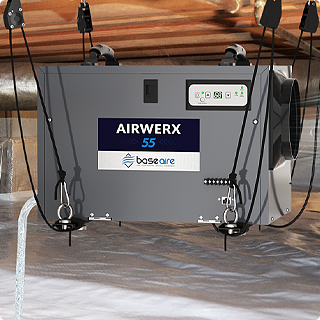
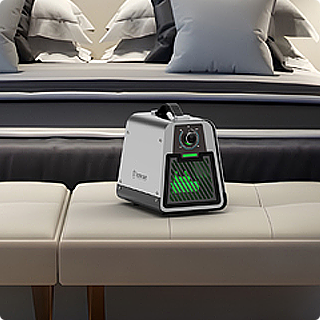
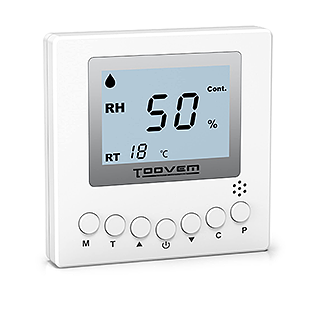
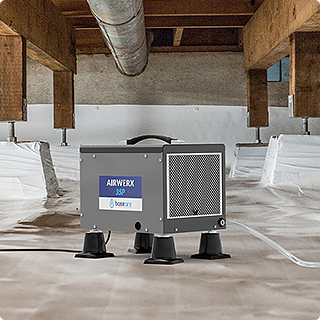
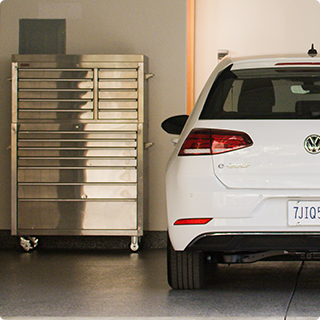
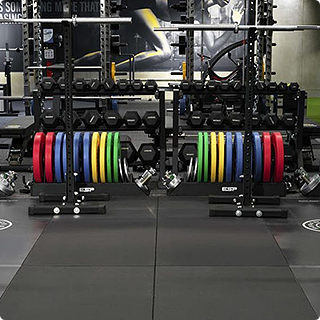
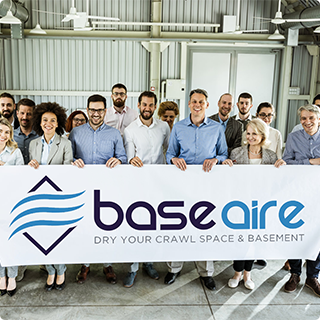

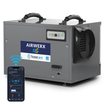
![BaseAire 888 Pro 7,000 mg/h Ozone Generator, Digital O3 Machine Home Ozone Machine Deodorizer - Ozone Generator from [store] by Baseaire - Disinfection, Ozone Generator](http://www.baseaire.com/cdn/shop/products/888-Pro-_-1.jpg?v=1698817267&width=104)
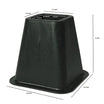
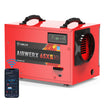

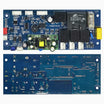
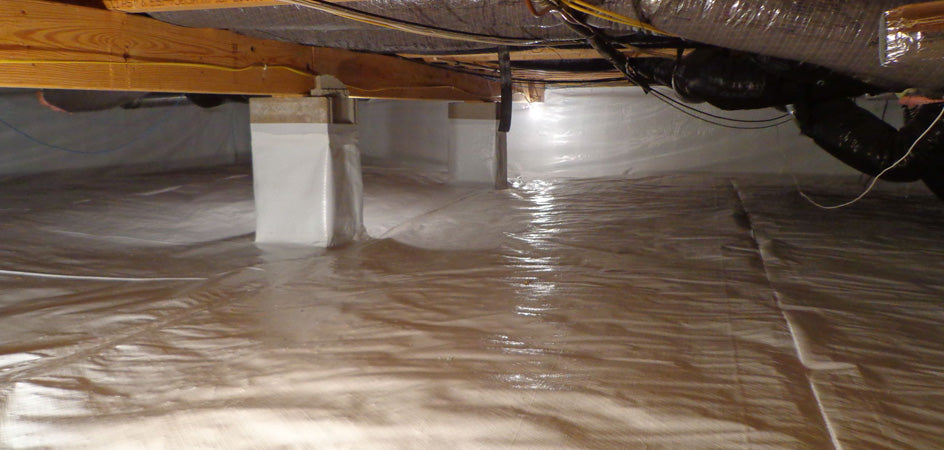

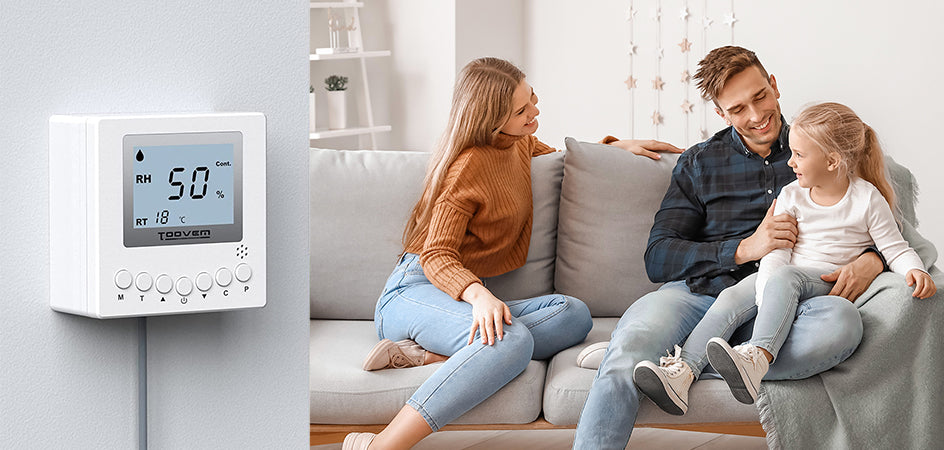

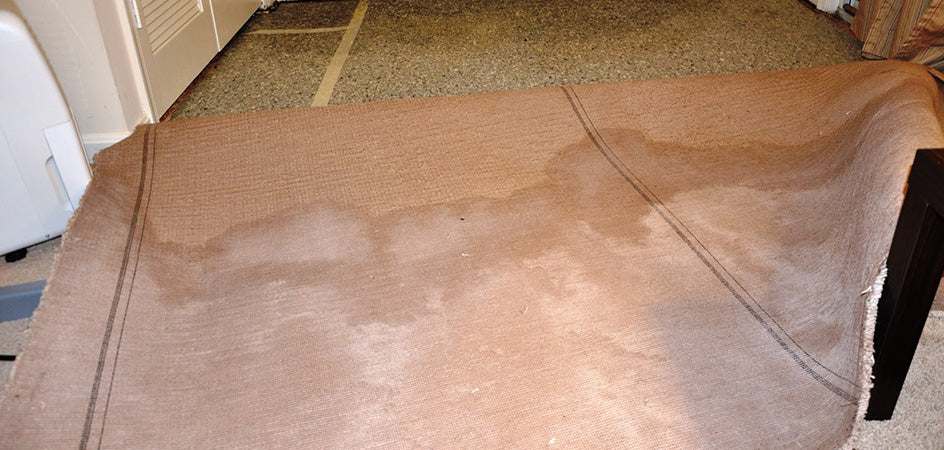




Hinterlasse einen Kommentar
Alle Kommentare werden vor der Veröffentlichung geprüft.
Diese Website ist durch hCaptcha geschützt und es gelten die allgemeinen Geschäftsbedingungen und Datenschutzbestimmungen von hCaptcha.